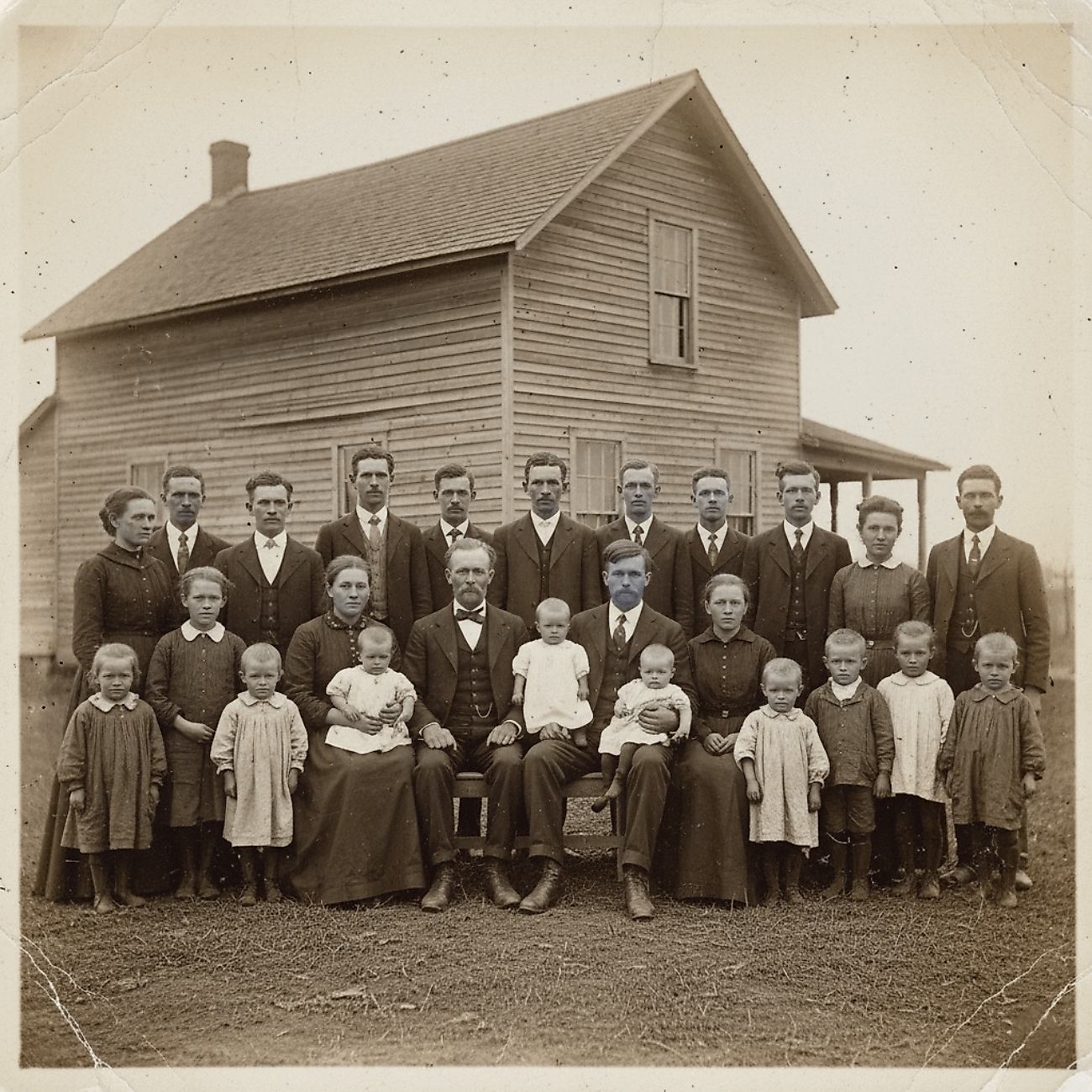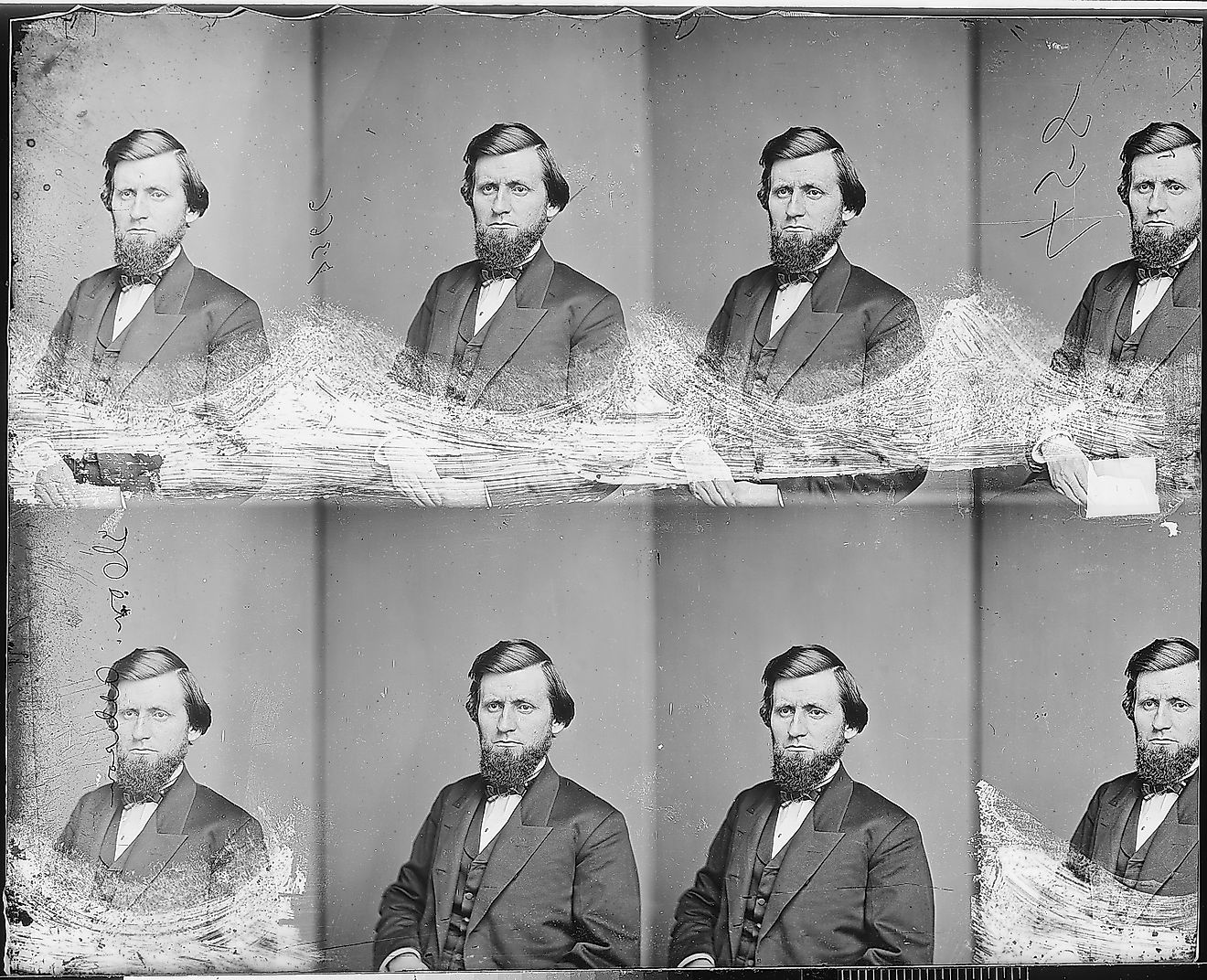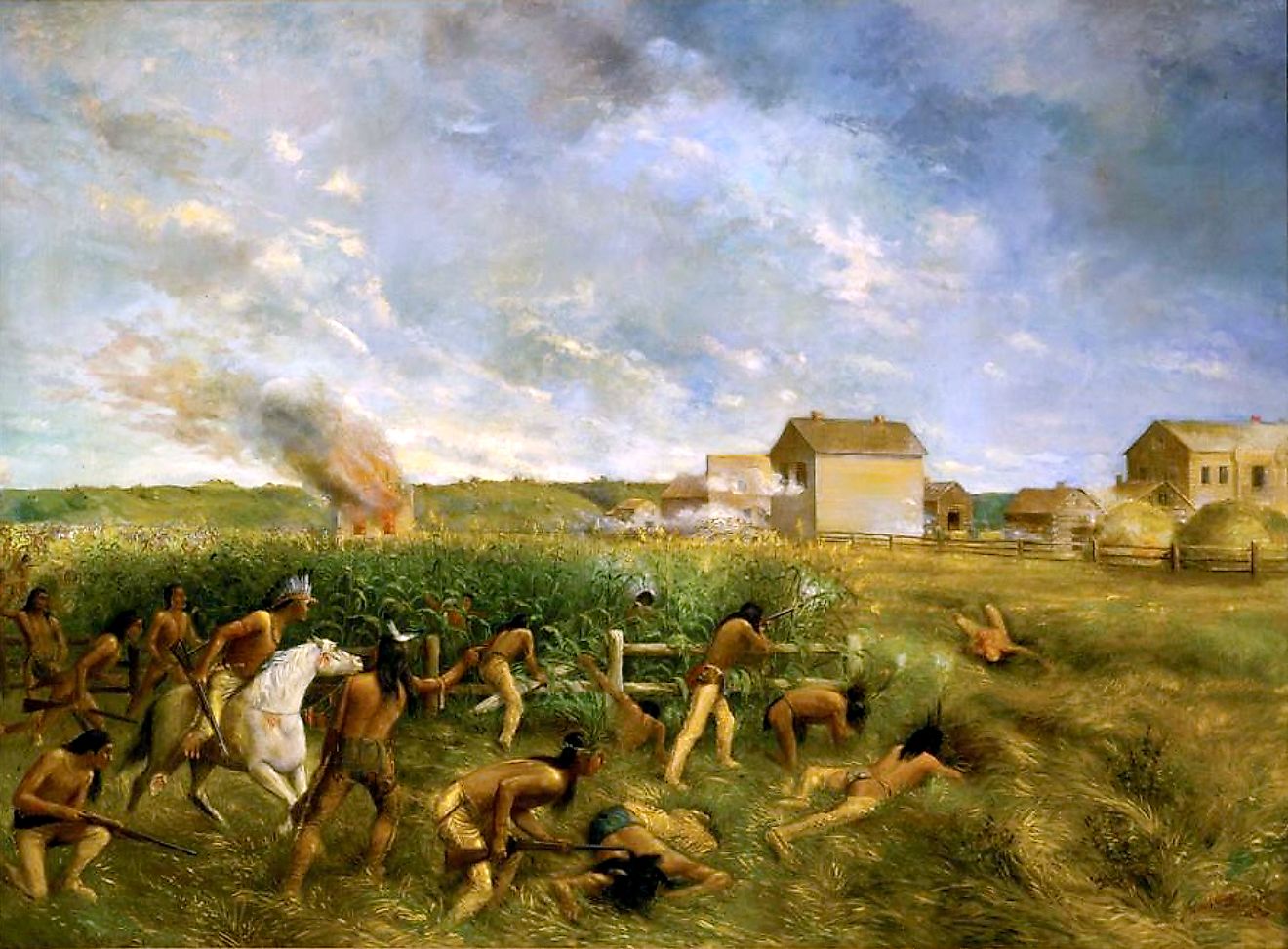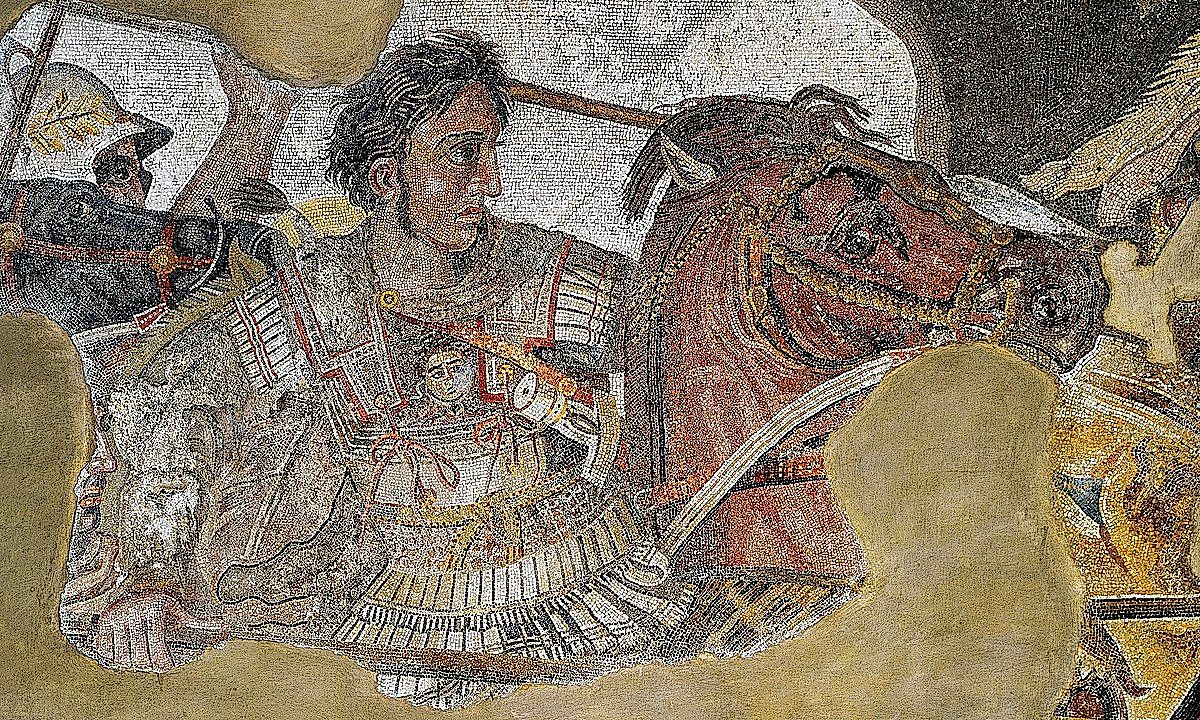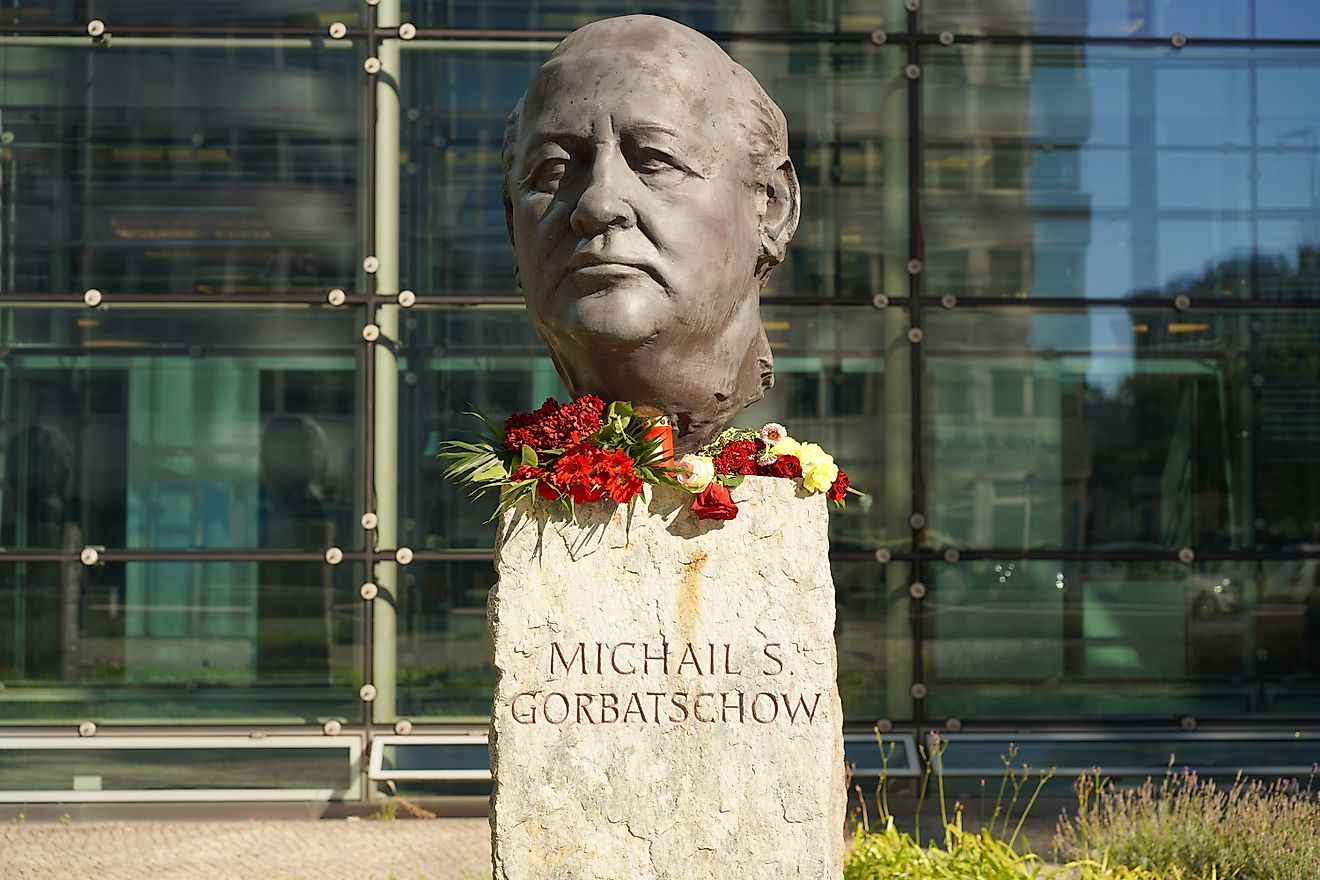What Are The Federalist Papers?

- The Federalist Papers sought to make changes to the Articles of Confederation.
- James Madison drafted the Bill of Rights in order to protect individual liberties.
- The original Articles of Confederation did not grant Congress the power to levy taxes in the individual states.
The Federalist Papers were a series of essays written by US statesmen Alexander Hamilton, James Madison and John Jay, which were published serially from 1787 to 1788 in a number of New York newspapers. There were a whopping 85 of these works. The essays were written to argue in favor of ratifying the first proposed US Constitution, or the Articles of Confederation, at the time.
Hamilton, Madison and Jay had hoped the general public would read their essays and be convinced the proposed Constitution for the country should be altered.
These three prominent statesmen were federalists, or “republicans”. They felt the Articles of Confederation did not work, as these articles decentralized power in the country as a whole. They felt this would weaken the US from being able to compete on a global stage.
In addition, the Articles, the three men felt, did not present enough checks and balances in the nation’s government to ensure that rebellions among the people, such as Shay’s Rebellion, did not occur again, and that governing bodies, in turn, would not misuse their power.

As Madison wrote in Federalist 51, “If men were angels, no government would be necessary. If angels were to govern men, neither external nor internal controls on government would be necessary.”
Beyond this, the Federalist essays explained to the public the key points in the proposed Constitution, as well as the nature of republican government.
Hamilton, Madison, and Jay were strong supporters of the first Constitution. They simply felt it needed to be altered and bettered, and they voiced these opinions by writing their thoughts in the Federalist Papers for the public to read.
Federalists vs Antifederalists

The Articles of Confederation were first adopted on November 15th, 1777 by the Continental Congress in the US. People were not entirely happy with their contents however, and in May of 1787, delegates gathered in Philadelphia to discuss what was wrong with the Articles. The Articles of Confederation granted Congress the power to conduct foreign policy (in theory), to maintain an army, and to coin money, but in practice, the centralized government did not really have that much power over the individual states. This was seen as a problem. Congress could not levy taxes or regulate commerce. This made it difficult for the newly formed nation to repay their debts acquired during the Revolutionary War, among other things.
To fix this, at the Constitutional Convention of 1787, participants drafted a proposed new Constitution that amended the Articles. This document also established a brand new system of government that divided the central government into the branches we know today in the US: the legislative, executive, and judicial branches.
It would seem that by signing the document, all would be complete, but this was not the case. Once delegates signed the document, the Constitution was then sent to the individual states for ratification. And this is when all heck broke loose. At this time, arguments started between self-described Federalists and Antifederalists. Federalists were people in favor of the ratified Constitution, and Antifederalists said the document gave too much power to the national government. Antifederalists were afraid the new Constitution would result in them losing the freedoms they had fought to gain in the revolutionary war.
Complaints about freedom, government having too much power, and not enough taxes or too many of them: does it all sound familiar? Amazingly, some of these debates, in a general sense, still continue to this day.
What Happened
Some people read the Federalist Papers and liked them. Others did not. The papers actually received little circulation outside of New York State soon after they were written, and so they did not make much of an impact at the time. Many New Yorkers remained staunch Antifederalists, and more of these than Federalists actually went onto attend the state Constitution ratification convention.
The thoughts encompassed in the Papers did win out in a way, however, as New York delegates did vote in favor of the Constitution in July 1788. James Madison drafted the Bill of Rights in 1789, and the Federalist Papers are now used as an important reference to explain the Constitution, and detail the founding principles of the US government that we now witness in action.




